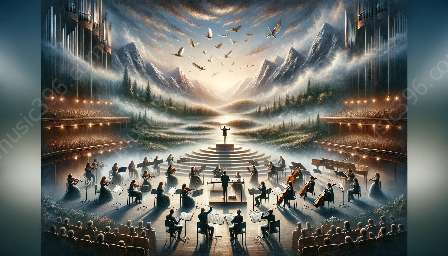Music iconography has been an integral part of social and political movements throughout history. From protest songs to revolutionary figures, the influence of music on society and politics is undeniable. In this article, we will delve into the intersection of music and social change, exploring how music iconography has been utilized as a tool for shaping discourse, representing ideologies, and driving movements.
The Power of Music in Social Movements
Music has long been used as a powerful medium for expressing dissent and promoting social change. From the civil rights movement in the United States to anti-apartheid protests in South Africa, music has provided a soundtrack for resistance and resilience. Through powerful lyrics, captivating melodies, and emotive performances, musicians have been able to galvanize communities and amplify voices that have been marginalized by mainstream discourse.
Music as a Political Tool
Beyond its role in social movements, music iconography has also been instrumental in political propaganda and representation. Political leaders and parties have often leveraged music to convey their message, create a sense of unity, and rally supporters. Iconic songs and imagery associated with political figures have become part of their identity, shaping public perception and mobilizing their base.
Symbolism and Imagery
Music iconography is rich with symbolism and imagery that reflect the values, struggles, and aspirations of society. Whether it is an album cover, a protest song, or a musician's attire, the visual elements associated with music can carry deep meaning and serve as a form of cultural expression. The imagery used in music iconography often becomes synonymous with specific movements and moments in history.
Impact on Identity and Representation
Music iconography plays a crucial role in shaping individual and collective identities. It serves as a means of representation for marginalized communities and provides a platform for diverse voices to be heard. Music iconography has the power to challenge dominant narratives, elevate underrepresented perspectives, and foster a sense of belonging and empowerment.
Contemporary Relevance
Today, the social and political utilization of music iconography continues to evolve. With the rise of social media and digital platforms, music has become even more accessible, allowing artists and activists to reach global audiences with their message. The intersection of music, social change, and political discourse has taken on new forms, adapting to the digital landscape while retaining its ability to inspire and unite.








































